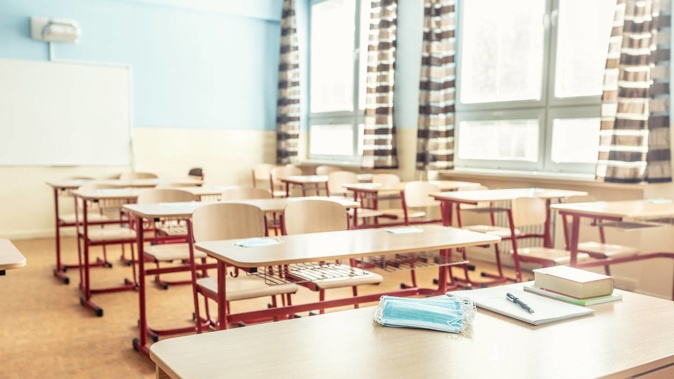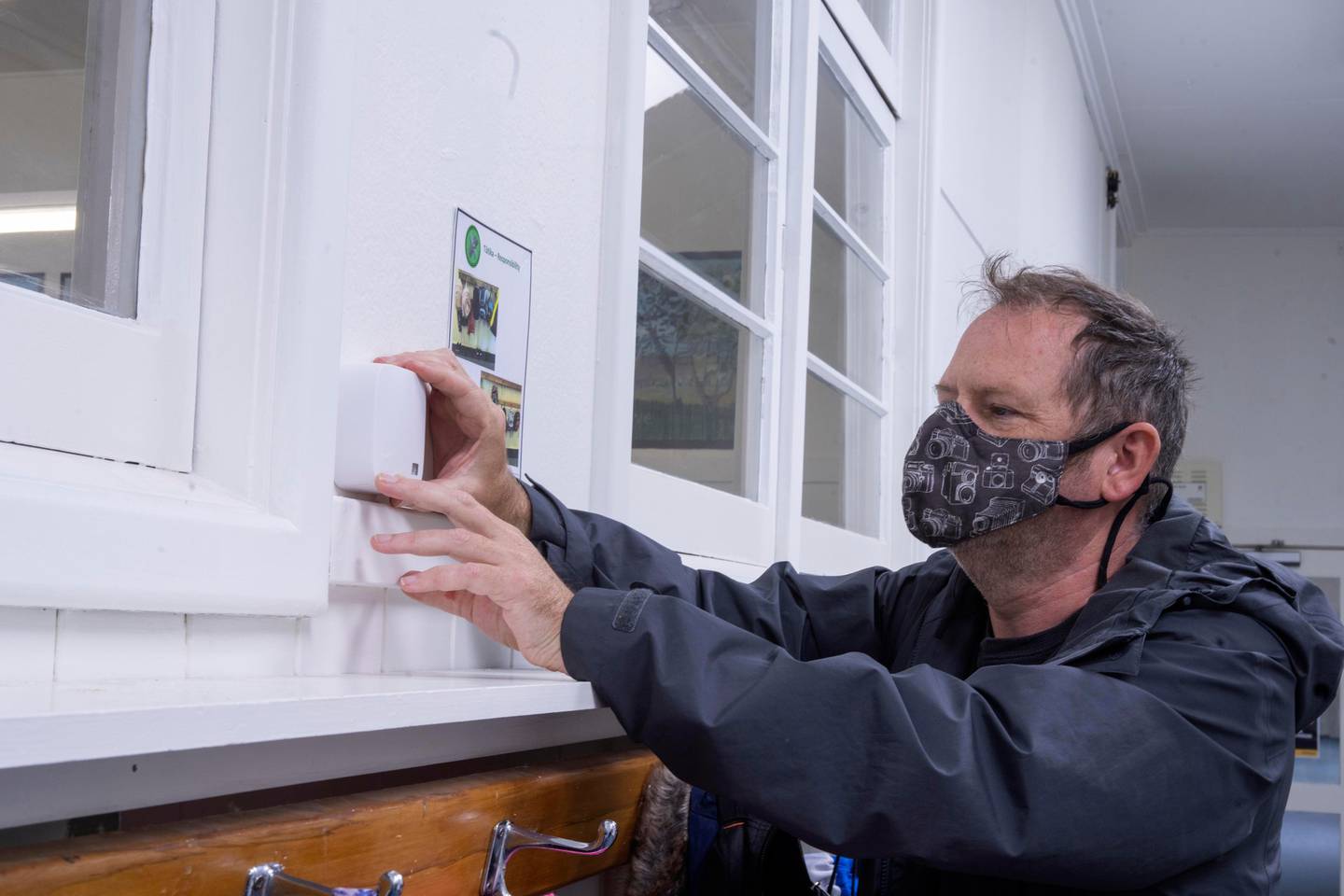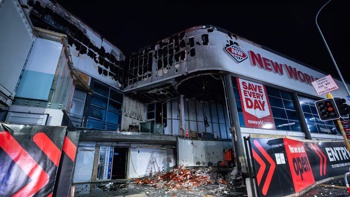
The Ministry of Education is ordering air purifiers and carbon dioxide monitors to help cut the risk of Covid transmission in school classrooms next year.
Air quality experts have been calling for the move, warning stuffy classrooms with poor ventilation could contribute to the spread of the virus.
A November 19 report to Education Minister Chris Hipkins, published online this week, said about one in five schools were not yet meeting World Health Organisation standards for ventilation.
While some of these schools could easily be brought up to scratch, there could be a case for "supplementary air treatment solutions" in some circumstances, the report said - with the ministry proposing a "fleet" of portable air purifiers that could be deployed across schools where they were needed.
Hipkins signed off the report on November 21, including agreeing with the ministry's plan to "pursue opportunities to identify, negotiate and prepare to order appropriate air treatments solutions now" noting they may not arrive until Term 1 next year.
The report said coherent planning could "greatly reduce the risk of super-spreader events". But it accepted that school rates would mirror community transmission rates and there would be some transmission within schools.
Covid management in schools had followed a layered approach, with vaccines providing the first line of defence. Behaviour management - like social distancing, mask wearing and lower occupancy - was next, followed by ventilation, and air monitoring and purification.
Ventilation was important to ensure exhaled air spent the least possible time in a room before leaving the building and being replaced by fresh air, the report said. Evidence showed recirculated, unfiltered air could promote transmission of the virus.
There were a number of ways to manage that, such as opening windows and alternating classrooms to let stagnant air escape.
It was estimated 80 per cent of New Zealand schools could meet World Health Organisation recommendations for ventilation. That could be improved with "opening windows, limiting strenuous activities, reducing occupancy and instituting regular out-of-classroom breaks".
And a further 10 per cent could easily be made low-risk with some property interventions and changes in how they were used.
But the remaining spaces could need "systemic changes to their engineering or design" to be brought up to scratch.
The ministry was working with schools to identify those spaces and remediate them over the Christmas holidays - potentially including moving windows and vents, making decisions on HVAC or other air circulation approaches, and supplying extra heating to some classrooms.
It warned time was of the essence as materials and tradies were expected to be in high demand over the holidays.
"Early in the new year the temperatures will still be mild and natural ventilation will be an easy response for many schools, however as it starts to get cooler more guidance [for schools] will be required."
The ministry also planned to bring in carbon dioxide monitors as part of a "ventilation toolkit" for schools. These would let teachers see how much stagnant air was in a room, with high levels triggering actions like a move to a different space so the exhaled air could escape. It was intended these would be rolled out at schools at the start of February.
Those monitors are already being trialled; Niwa announced yesterday CO2 monitors were temporarily being installed in 18 classrooms across three schools, to help the Ministry of Education see how classrooms are being used and the impacts on ventilation.

Niwa principal scientist for air quality, Dr Ian Longley, installs an air monitoring device at Epuni Primary School in Lower Hutt. Photo / Niwa - Rebekah Parsons-King
The report to Hipkins said the ministry was also scoping portable air cleaning devices that filter particles from the air and return clean air to the room. They proposed ordering a "fleet" of units that could be deployed where needed - such as to a school that had had a confirmed Covid case.
Placing those units around the school would give parents, students and staff confidence that the school could stay open.
The units would need to be ordered from overseas by the end of November to avoid long freight and possible manufacturing delays, and should arrive before April 2022. The costs of these devices, and the number the ministry planned to order, were redacted.
The Herald has asked the Ministry of Education this afternoon for an update on how many units have been ordered and when they are expected to arrive.
The ministry was also looking at acquiring older units which the Ministry of Health no longer needed. It also suggested New Zealand businesses may produce air cleaning units in future and these would be strongly preferred for any follow-up order. Another option was DIY air purifiers which could be assembled in schools.
It also noted that running air cleaning and heating systems on full bore might require an increase in electricity funding.
The ministry intended to provide Hipkins with a costed work programme by the end of November and planned to review its approach in January.
Take your Radio, Podcasts and Music with you









